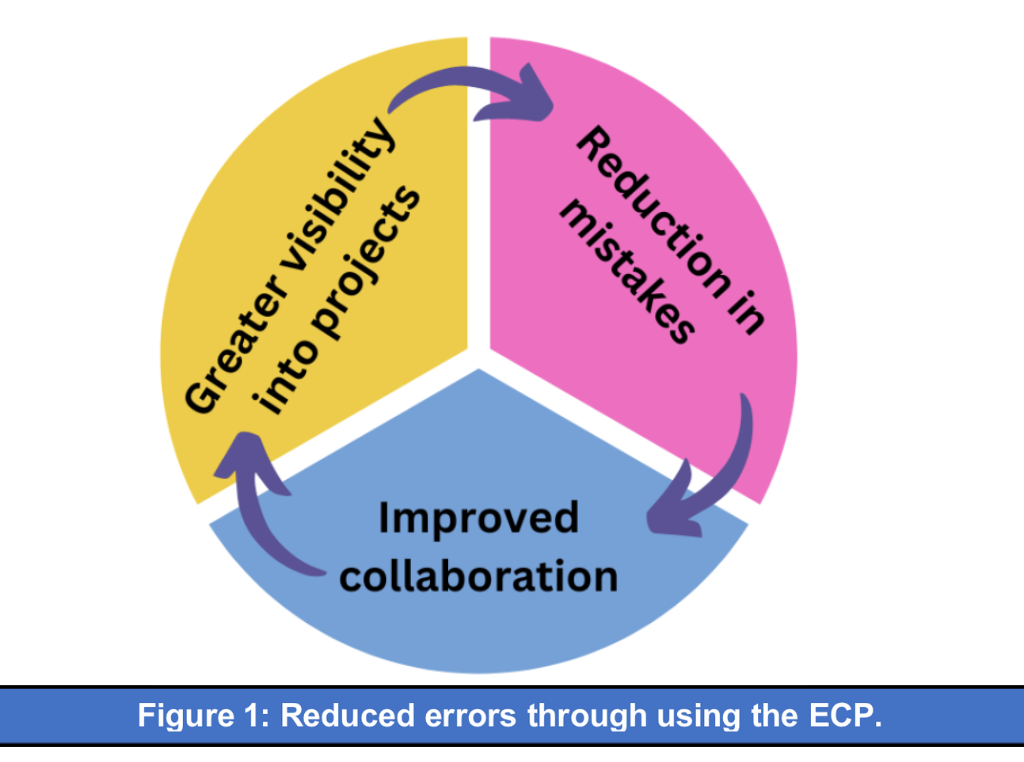Imagine you’re on an adventure, a quest to find the hidden gems that will drive your company to new heights. This journey is your interview process, a series of steps designed to uncover top talent. Let’s set out on this adventure together, discovering how to identify the best candidates along the way.
The Treasure Map: Preparing for the Interview
1. The Treasure Map: Defining the Role and Key Competencies
Every great quest starts with a map. Before you begin interviewing, you need a clear understanding of the role and the essential competencies required. Think of this as your treasure map, outlining the specific skills, experience, and qualities you’re seeking. This map guides your journey, ensuring you’re always on the right path.
Create a Detailed Job Description:
- Technical Skills: Identify the specific technical skills needed for the role. For instance, for a software developer, skills might include proficiency in certain programming languages, experience with databases, and understanding of software development methodologies.
- Soft Skills: Determine the essential soft skills, such as communication, teamwork, problem-solving, and leadership abilities.
- Company Culture Fit: Consider the company’s values and culture to find candidates who will fit well within your organization.
Gather Input:
- Team Involvement: Involve team members who will work closely with the new hire to understand their needs and expectations.
- Key Competencies: Develop a list of key competencies required for the role through discussions with team leaders and HR.
2. The Structured Path: Conducting Consistent Interviews
With your map in hand, it’s time to embark on the structured path of interviews. Imagine a well-marked trail in the forest, where each step is planned and consistent. By asking every candidate the same set of questions, you ensure fairness and consistency. This approach reduces bias and allows you to compare candidates on an equal footing, illuminating the best path forward.
Develop Core Questions:
- Role-Specific Questions: Create questions that directly relate to the job’s responsibilities and required skills. For example, for a project manager role, ask about their experience with project management software and methodologies.
- Behavioral Questions: Use questions that explore how candidates handled specific situations in the past, such as “Can you describe a project where you had to work under tight deadlines? How did you manage it?”
Ensure Consistency:
- Structured Interviews: Ask each candidate the same set of questions to maintain consistency.
- Detailed Notes: Take detailed notes during the interview to accurately capture candidates’ responses, which will help in comparing candidates later.
The Character Test: Assessing Behavioral and Cultural Fit
As you delve deeper into the forest, you meet various characters. To understand who will thrive in your world, you need to assess their behavioral and cultural fit. Picture a fellow traveler recounting their past adventures. Questions like, “Can you describe a time when you overcame a significant challenge?” help reveal their problem-solving skills, resilience, and alignment with your company culture.
3. Behavioral Interview Questions:
- Problem-Solving: “Can you describe a time when you had to overcome a significant challenge at work? How did you approach it?”
- Team Collaboration: “Tell me about a time when you had to work closely with a difficult team member. How did you handle the situation?”
Cultural Fit Questions:
- Company Values: Develop questions that reflect your company’s values. If collaboration is a core value, ask, “How do you approach working with colleagues from different departments?”
Assessing Answers:
- Thought Processes: Evaluate candidates’ thought processes and decision-making abilities based on their responses.
- Interpersonal Skills: Gauge how well candidates handle interpersonal relationships and conflicts.
4. The Hidden Gems: Evaluating Soft Skills
Soft skills are the hidden gems of your quest. During the interview, pay close attention to how candidates communicate, collaborate, and lead. Imagine a situation where you must navigate a tricky river crossing. How does your candidate suggest you build the bridge? Role-playing scenarios can showcase these vital soft skills in action, ensuring your new team member can handle real-world challenges.
Observation:
- Communication: Assess how clearly and effectively candidates express their thoughts and ideas.
- Body Language: Pay attention to non-verbal cues such as eye contact, posture, and gestures.
Role-Playing Scenarios:
- Hypothetical Situations: Present candidates with hypothetical scenarios relevant to the job to see how they would handle real-world challenges. For example, “If you were leading a project and encountered a major obstacle, how would you address it with your team?”
Leadership and Collaboration:
- Leadership Questions: “Describe a time when you led a project. How did you motivate your team?”
- Teamwork Questions: “How do you handle working with colleagues who have different opinions or working styles?”
The Trial by Fire and Beyond
5. The Trial by Fire: Testing Technical Proficiency
For roles that require specific technical skills, set up a trial by fire. Picture a blacksmith proving their craft by forging a sword. Provide candidates with practical tests—coding challenges, case studies, or problem-solving exercises. These trials reveal their technical abilities and approach to tackling problems, helping you see who truly has the skills for the job.
Practical Assessments:
- Coding Challenges: For technical roles, give candidates a coding task that reflects the work they’ll do.
- Case Studies: Present real-world problems and assess how candidates solve them.
Evaluation:
- Problem-Solving Process: Observe how candidates approach the problem, their thought process, and their final solution.
- Technical Proficiency: Ensure the assessments are relevant to the role and accurately measure the required skills.
6. The Scholar: Looking for Continuous Learners
Top talent often has the heart of a scholar, always seeking knowledge. Ask candidates about recent projects, courses, or certifications. It’s like discovering a fellow traveler with a pack full of scrolls. Their dedication to continuous learning and staying current with industry trends indicates their potential for growth and adaptability.
Learning and Development:
- Recent Projects: “Can you tell me about a recent project you worked on and what you learned from it?”
- Continuous Improvement: “What was the last skill you learned, and how has it benefited your work?”
7. The Trusted Allies: Seeking References
No quest is complete without trusted allies. Reach out to former employers, colleagues, or mentors to validate the candidate’s claims. These references are like tales told around the campfire, providing valuable insights into the candidate’s past performance, strengths, and areas for improvement.
Reference Checks:
- Performance Insights: Ask about the candidate’s job performance, strengths, and areas for improvement.
- Specific Situations: “Can you describe a time when the candidate managed a challenging project?”
8. The Visionary: Focusing on Potential and Growth
While past experience is important, potential and growth are the true treasures. Look for candidates who show a strong desire to advance in their careers and take on new challenges. Imagine meeting a young squire with the heart of a knight. Their potential can sometimes outweigh their experience, especially in fast-paced and evolving industries.
Future Aspirations:
- Career Goals: “Where do you see yourself in five years?”
- Motivation: “What drives you to achieve your professional goals?”
9. The Inquisitive Mind: Encouraging Questions
Top candidates often come with inquisitive minds. Encourage them to ask questions about the role, team, and company. It’s like sharing maps and notes with fellow explorers. Their inquiries reveal their level of interest, understanding of the role, and how they envision contributing to your journey.
Candidate Questions:
- Team Dynamics: “Can you tell me more about the team I’ll be working with?”
- Company Challenges: “What are the biggest challenges the team is currently facing?”
10. The Intuition: Trusting Your Gut
Finally, trust your instincts. If a candidate impresses you with their responses, demeanor, and overall fit for the role, take note. Imagine standing at a crossroads, feeling a pull in the right direction. While structured assessments guide you, your intuition often points you to the true gems.
Instincts:
- Positive Impression: Reflect on your overall impression of the candidate.
- Fit for Organization: Consider how well they will fit within your team and contribute to your organization’s success.
By following these steps, you navigate the interview process with confidence and purpose. Your quest for top talent is an ongoing adventure, filled with discoveries and the promise of a brighter future. With a clear map, structured path, and trusted allies, you’re well-equipped to identify the best candidates who will contribute to your organization’s success. Embrace this journey, and may you find the hidden gems that will lead your company to new heights.

Helen Zakaryan
Sales and Marketing
Raznameh Group












